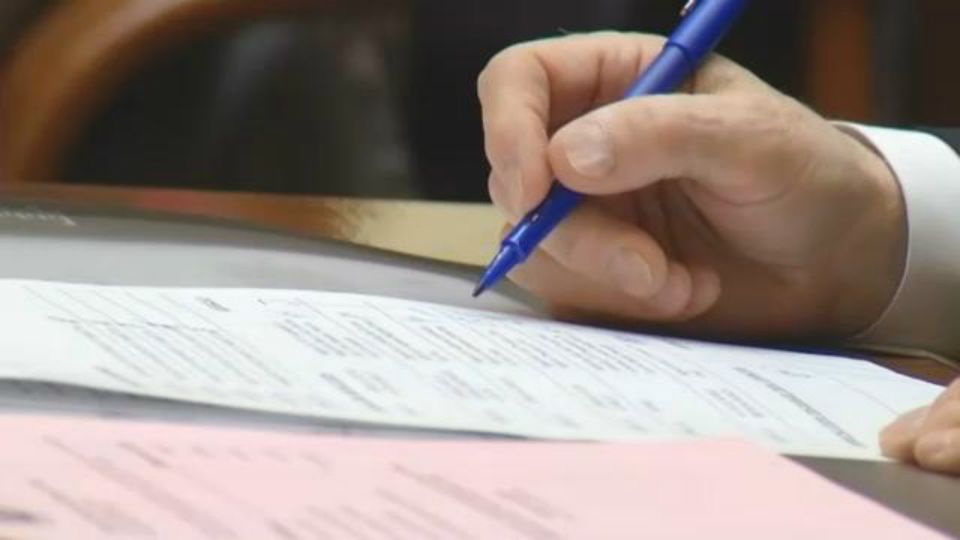NORTH CAROLINA -- We all, in some way, remember Schoolhouse Rock! and its informative sing-along about how a bill becomes a law. But just how much of that do you remember? Spectrum News is here to refresh your memory on the process.
The bill is first a thought:
Lawmakers or citizens brainstorm what needs to be changed in local government. The idea is presented to a House representative, research is done on the idea, and the bill is drafted.
The bill is proposed:
After the bill is written by a representative, sponsors are needed. That representative gets others to support the bill and prepares to introduce it to the U.S. House of Representatives.
The bill is introduced:
The proposed bill is assigned a number to the U.S. House of Representatives by a bill clerk, read aloud to the House, and then the Speaker of the House sends the bill to one of the House standing committees.
Committee reviews the bill:
The committee carefully examines the bill and its chances for passage are determined. It makes revisions and amendments, and decides if it will be sent to the House floor. If the committee needs more information, they send it to a subcommittee where it examines the bill further and sends it back to the committee for approval. If the committee doesn’t act, it is effectively “dead.”
The bill is reported:
The bill is sent to the House floor. It’s then ready to be debated by House Representatives.
Debate the bill:
Representatives discuss the bill and whether they agree or disagree with it. The reading clerk reads each section of the bill and representatives recommend changes.
Voting:
Once changes have been made, the bill is ready to be voted on. This step has three voting methods. Viva voce (voice vote) is when the Speaker of the House asks the representatives to say “aye” in support of the bill or “no” in opposition of it. Division method is when the Speaker asks Representatives in support to stand up and be counted, and the same for those who oppose. Recorded voting means the representatives record their vote using the electronic voting system. Their choices consist of yes, no, or present (if they don’t want to vote on the bill). If majority representatives say yes, the bill passes in the House and is then certified by the Clerk of the House and delivered to the U.S. Senate.
Senate referral:
This step is same as what the bill previously went through and can have more steps than before. It’s discussed in a Senate committee and then reported to the Senate floor for voting.
Bill sent to the president:
The president can choose one of three options. 1) Sign and pass the bill so it becomes law. 2) Refuse to sign or veto the bill. It’s then sent back to the House with the president’s reasoning. If the House and Senate still think it should become law, they can hold another vote. If 2/3 of the representatives and Senators support the bill, the President’s veto is overridden and the bill becomes a law. 3) The president can pocket veto or do nothing. If Congress is in session, the bill automatically becomes law after 10 days. If it’s not in session, the bill doesn’t become a law.
To learn more about the bill process, click here.




